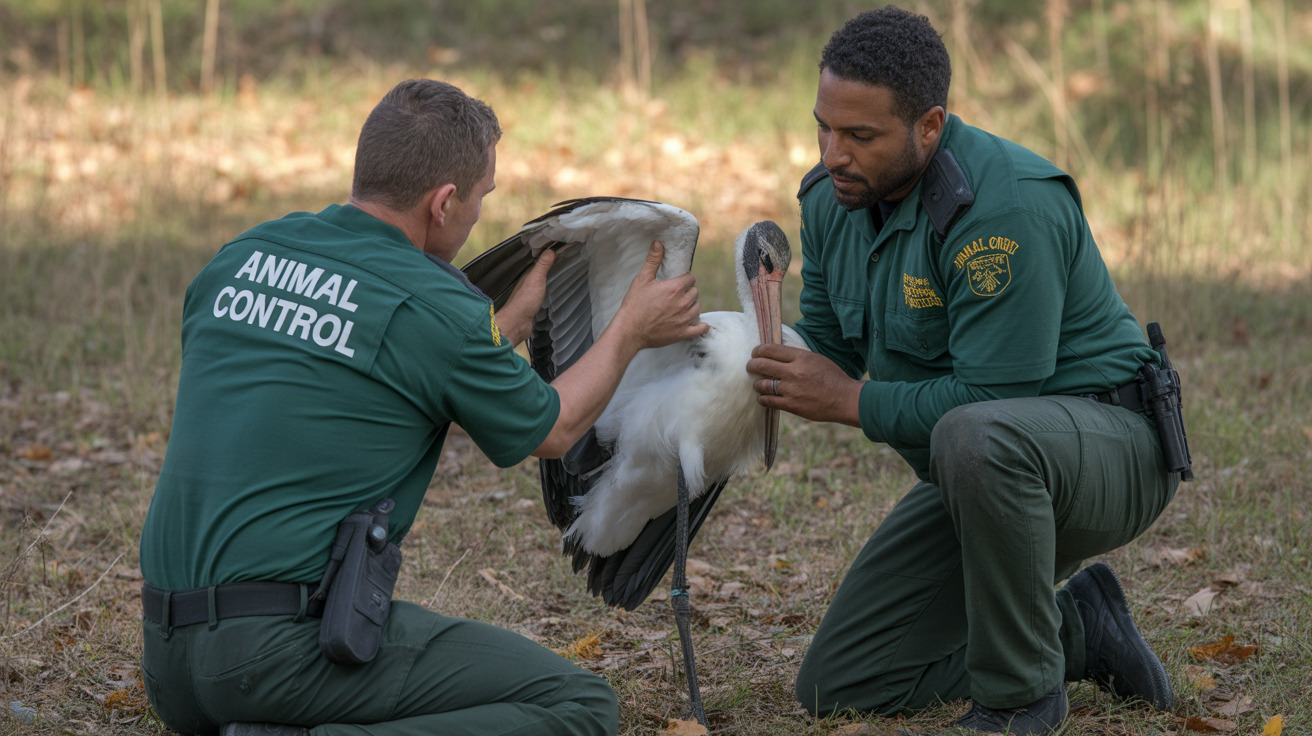How to Stop Bleeding in a Dog's Mouth: Causes, Care, and Prevention
Bleeding from a dog's mouth can be alarming and may stem from various causes, ranging from minor injuries to serious systemic conditions. Understanding what causes oral bleeding, how to provide initial care, and when to seek veterinary assistance is crucial for your pet's health.
Common Causes of Oral Bleeding in Dogs
- Periodontal Disease: This is the most frequent cause of bleeding gums in dogs. Plaque and tartar buildup leads to inflammation (gingivitis), infection, loose teeth, and noticeable bleeding.
- Teething in Puppies: Tiny spots of blood may appear on toys when puppies lose their baby teeth. This is usually normal unless the bleeding is excessive.
- Trauma or Injury: Injuries from chewing sharp objects, rough play, or accidents can cause significant oral bleeding. Dog mouths are vascular and prone to bleed heavily.
- Foreign Objects: Bones, sticks, or toys can lodge in the mouth and cause lacerations. Never try to remove them yourself.
- Oral Tumors: Ulcerated or traumatized mouth tumors may bleed persistently. Masses inside the mouth can also affect eating and hygiene.
- Blood Clotting Disorders: Disorders like von Willebrand’s disease or poisoning (e.g., rat poison ingestion) can lead to spontaneous bleeding.
- Oral Infections: Secondary infections due to untreated wounds or dental disease can irritate the gums and cause bleeding.
- Nutritional Deficiencies: Rare in dogs on balanced diets, but vitamin C deficiencies may contribute to poor gum health.
Warning Signs Requiring Immediate Attention
While minor bleeding can sometimes be managed at home, certain symptoms require urgent veterinary care:
- Persistent or heavy mouth bleeding
- Facial swelling or visible mass in the mouth
- Drooling mixed with blood
- Pale or white gums, indicating blood loss
- Lethargy, loss of appetite, or general weakness
- Signs of pain or avoiding food
Basic First Aid for Oral Bleeding
If you notice your dog bleeding from the mouth, you can take the following first aid steps before seeing a vet:
- Stay calm and gently restrain your dog to prevent further injury.
- If visible, rinse the mouth lightly with cool water to check for foreign bodies.
- Use a clean cloth or sterile gauze pad to apply gentle pressure to the bleeding site, if accessible. Hold for several minutes.
- Don’t attempt to remove any objects or probe deep into the oral cavity.
- If your dog is pale, weak, or bleeding doesn’t stop, go to a vet immediately.
Veterinary Diagnosis and Treatment
A proper diagnosis requires a full veterinary assessment, possibly under sedation. A vet may perform:
- Oral examination and dental probing
- Diagnostic imaging (X-rays, CT scan) to evaluate for fractures or hidden damage
- Blood tests to assess clotting function or systemic illness
- Biopsy of oral lesions or tumors
- Urinalysis for signs of underlying disease
Treatment options vary based on the underlying cause:
- Dental Cleaning and Extractions: For periodontal disease with infected or loose teeth.
- Foreign Body Removal: Performed under anesthesia to prevent additional injury.
- Medication: Includes antibiotics, anti-inflammatories, or vitamin K if toxins are involved.
- Surgical Intervention: To address tumors or lacerations that won’t heal on their own.
- Supportive Care: Fluids for hydration, blood transfusions in extreme cases, and pain relief.
Preventive Measures and Long-Term Oral Health
Maintaining your dog’s oral health can reduce the chances of bleeding and related health issues. Prevention tips include:
- Regular Brushing: Use dog-specific toothpaste and brush teeth several times a week.
- Professional Dental Checkups: Schedule annual cleanings and assessments with your vet.
- Proper Diet: Feed your dog a balanced diet with essential vitamins and minerals.
- Safe Chews: Avoid hard objects like antlers or nylon bones that might fracture teeth.
- Supervision During Play: Especially around chew toys or in environments with sticks, rocks, or debris.
- Routine Observation: Watch for changes in chewing habits, bad breath, or gum swelling.
Conclusion
Bleeding in a dog’s mouth is often a symptom of a deeper problem such as dental disease, trauma, or a health disorder. While some causes are minor, others require urgent or ongoing care. Initial home measures like applying pressure may help, but prompt veterinary evaluation is vital to treat the underlying issue effectively. Through proper dental hygiene, diet, and supervision, many causes of oral bleeding can be mitigated or avoided altogether.





